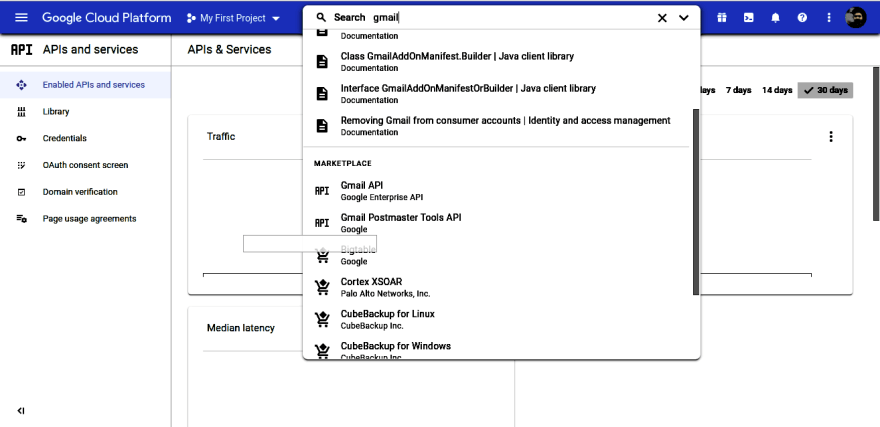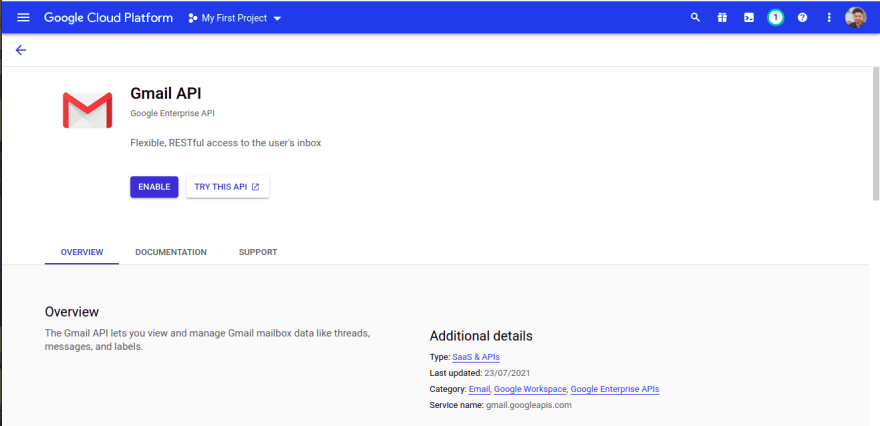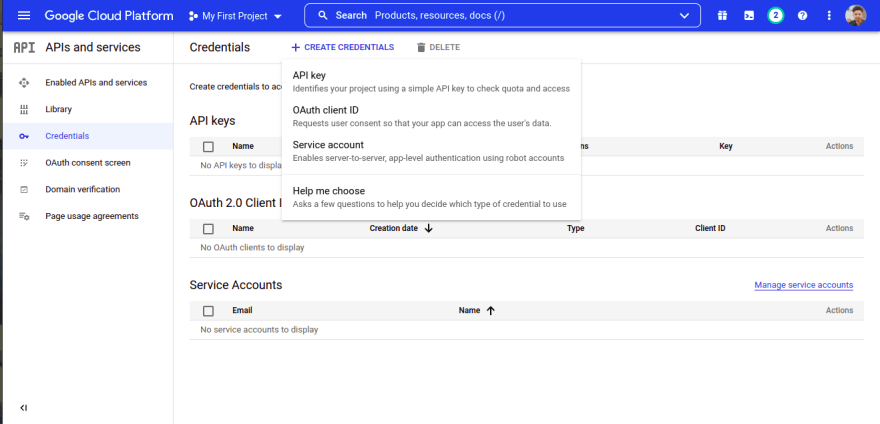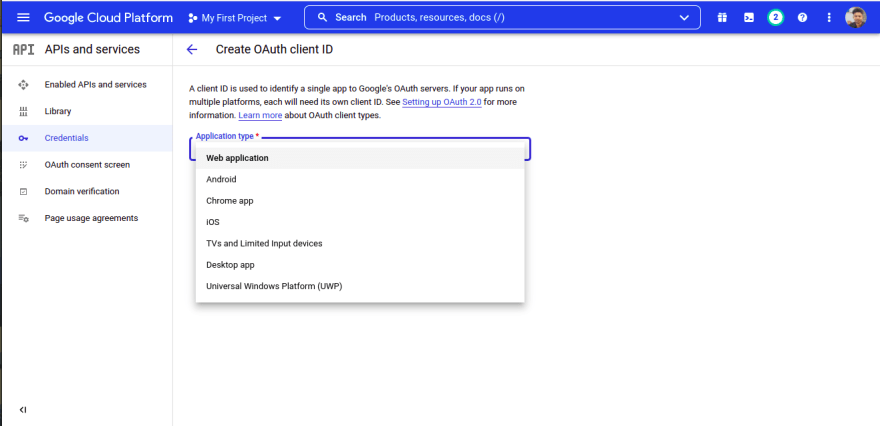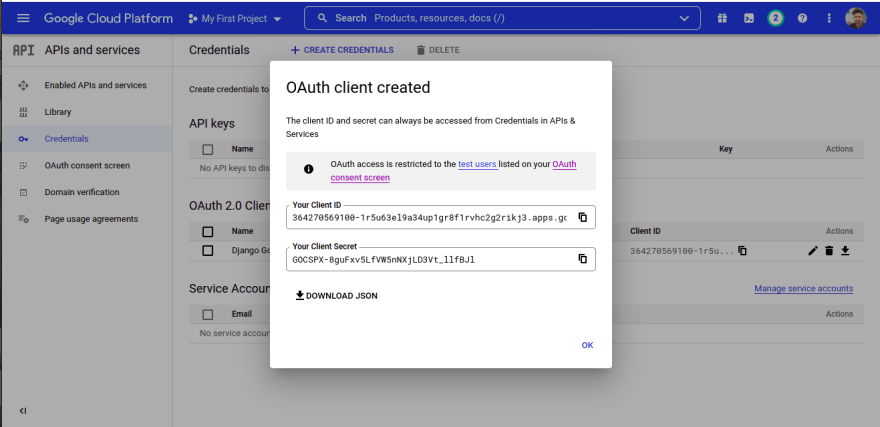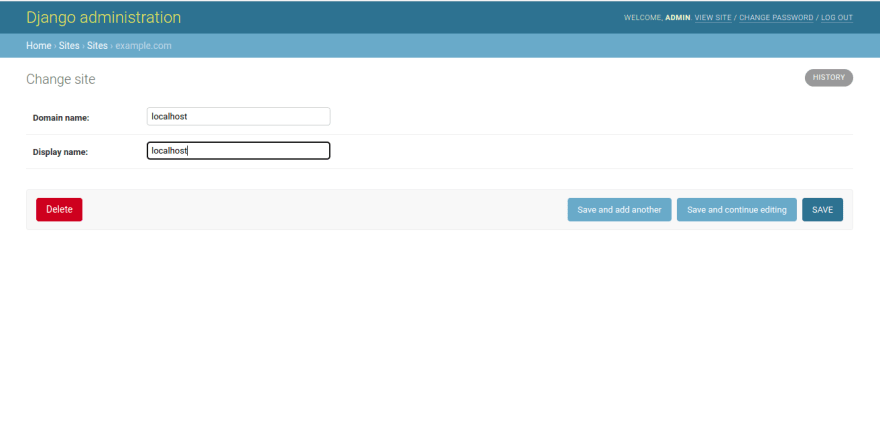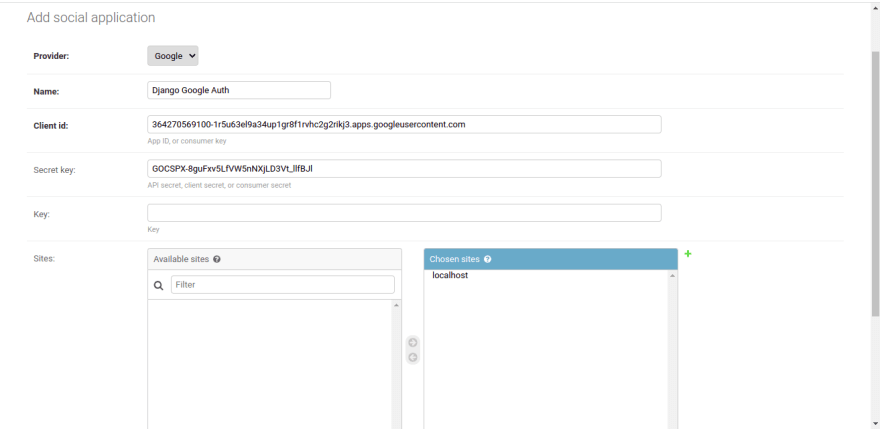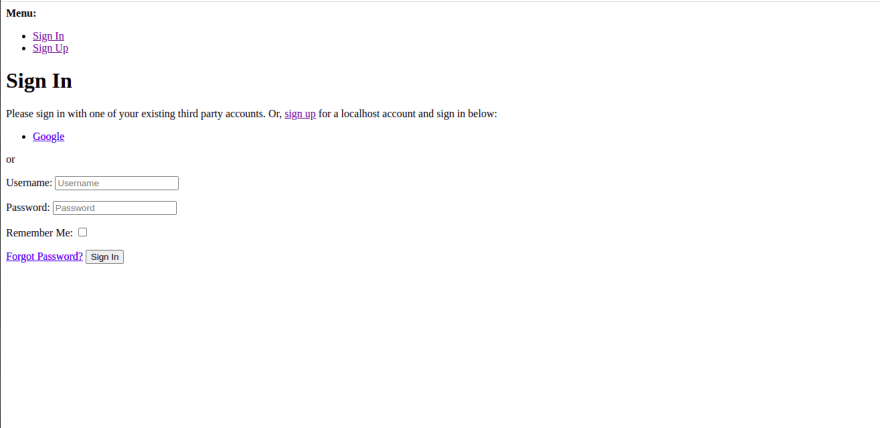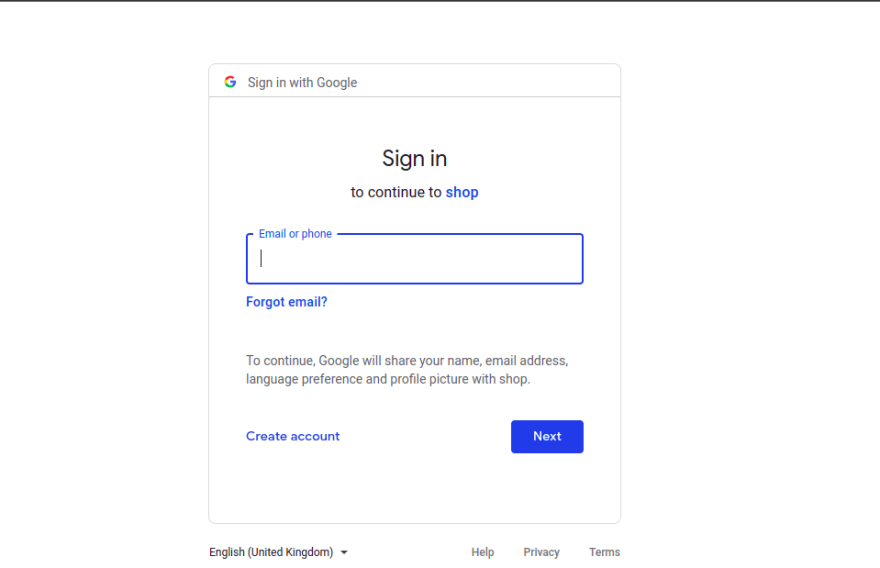An Interest In:
Web News this Week
- April 27, 2024
- April 26, 2024
- April 25, 2024
- April 24, 2024
- April 23, 2024
- April 22, 2024
- April 21, 2024
Google Authentication in Django The Simplest way
Hi guys this time lets see how we can add google authentication to our django webapp
1. Setting up the django project
django-admin startproject GoogleAuthenticationhere we are creating a django project called GoogleAuthentication the name of project can be any thing literally.
2. Installing the django-allauth package
now let's install the required packages needed for adding google authentication to our web application
pip install django-allauth 3. Adding Authentication Backends in settings.py
you need to specify AUTHENTICATION_BACKENDS propery in your settings.py
# settings.py# all the below property in your settings.py file for django allauth to workAUTHENTICATION_BACKENDS = [ # django's inbuild authentication backend 'django.contrib.auth.backends.ModelBackend', # django's allauth authentication backend 'allauth.account.auth_backends.AuthenticationBackend',]4. Adding the required Apps in settings.py
you need to add the following apps to your settings.py note that you need to add django.contrib.sites to INSTALLED_APPS if it is not present
# settings.pyINSTALLED_APPS = [ 'django.contrib.admin', 'django.contrib.auth', 'django.contrib.sites', # <-- add the sites app here # apps needed for django all auth 'allauth', 'allauth.account', 'allauth.socialaccount', # add the below app for google authentication to work 'allauth.socialaccount.providers.google', 'django.contrib.contenttypes', 'django.contrib.sessions', 'django.contrib.messages', 'django.contrib.staticfiles',]5. Adding allauth urls to the main urls.py
include the django's allauth urls into our project using the code snippet below
# main urls.py filefrom django.contrib import adminfrom django.urls import path, includeurlpatterns = [ path('admin/', admin.site.urls), path('accounts/', include('allauth.urls')), # <- include the allauth urls here]6. Run the migrations
to run the migrations use the below two commands
python manage.py makemigrationspython manage.py migrate7. Create a superuser
to create a super user use the following command
python manage.py createsuperuseroutput
Username (leave blank to use 'rohit'): adminEmail address: admin@admin.comPassword: Password (again): Superuser created successfully.8. Create Google client-id and secret
now visit google developer dashboard by visiting the following link : google api console
now in the search bar search for Gmail and under Market Place select the Gmail API
now enable the Gmail API on clicking the Enable button
now visit the credentials page and click on " + CREATE CREDENTIALS " button and click on "OAuth Client ID"
now select the application type as Web as shown below
now name the application what ever you want i am naming it as Django Google Auth but the main thing we need to keep in mind is the redirect url and javascript origin
# add the following to redirect urlshttp://127.0.0.1:8000/accounts/google/login/callback/http://localhost:8000/accounts/google/login/callback/# add the following to javascript originshttp://127.0.0.1:8000http://localhost:8000after adding the above urls click on create button
copy the client id and secret which appear on the screen
9. Configure the client id and secret
in the settings.py add the following line of code
# settings.pySITE_ID = 1now login to the django admin page and edit the site example.com to localhost
now go to Social Applications and add the google client id and secret there
you can see above how we have added the cliend id and secret and also dont forget to add localhost to chossen sites
on visiting : http://127.0.0.1:8000/accounts/login/
you can see a link for login with google now you can login using google clicking on the link
LOGIN PAGE
GOOGLE AUTH
you can create custom login page using the below code snippet
<html><head> <!--Dont forget to replace with client id below--> <meta name="google-signin-client_id" content="YOUR_CLIENT_ID.apps.googleusercontent.com"></head><body> <div id="my-signin2"></div> <script> function onSuccess(googleUser) { console.log('Logged in as: ' + googleUser.getBasicProfile().getName()); } function onFailure(error) { console.log(error); } function renderButton() { gapi.signin2.render('my-signin2', { 'scope': 'profile email', 'width': 240, 'height': 50, 'longtitle': true, 'theme': 'dark', 'onsuccess': onSuccess, 'onfailure': onFailure }); } </script> <script src="https://apis.google.com/js/platform.js?onload=renderButton" async defer></script></body></html>Original Link: https://dev.to/rohit20001221/google-authentication-in-django-the-simplest-way-3982
Dev To
 An online community for sharing and discovering great ideas, having debates, and making friends
An online community for sharing and discovering great ideas, having debates, and making friendsMore About this Source Visit Dev To


